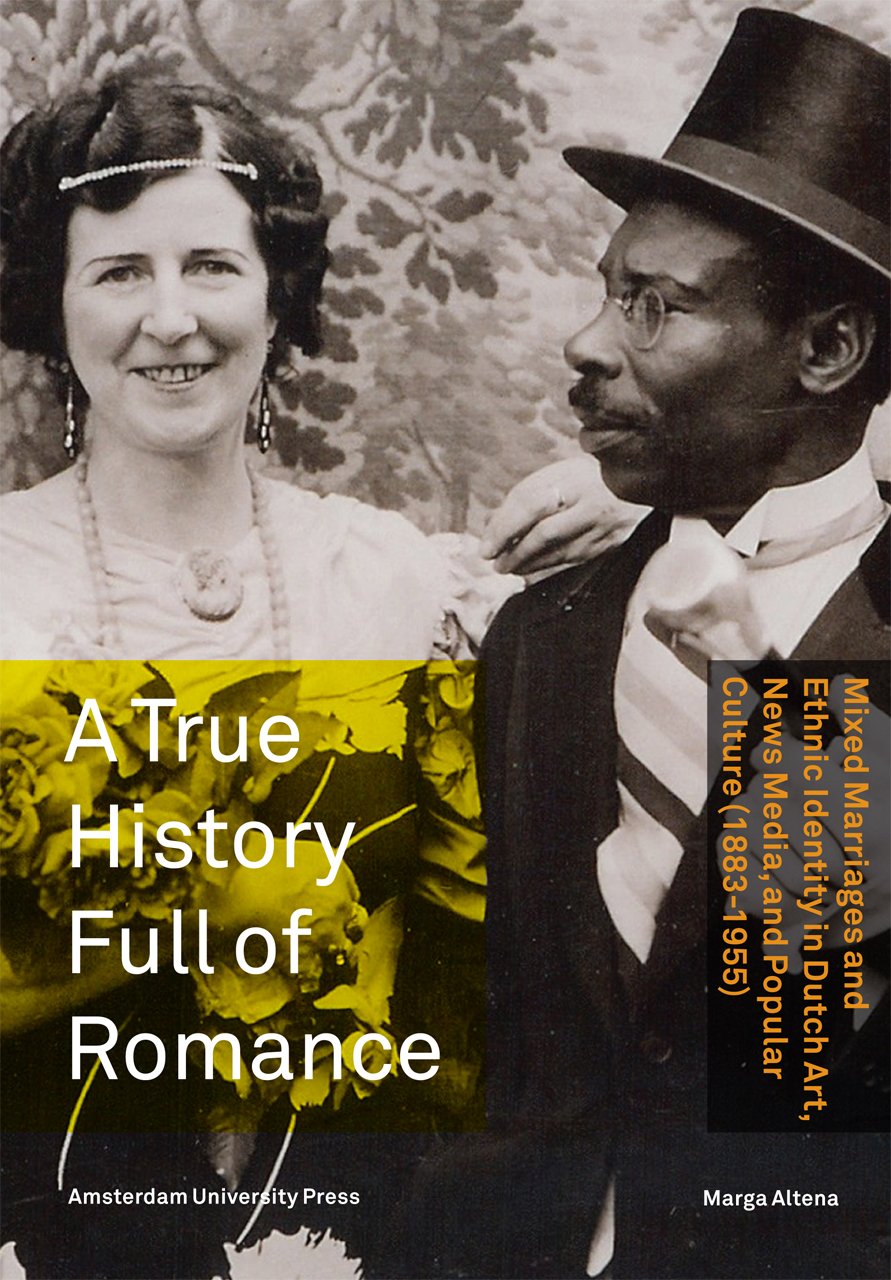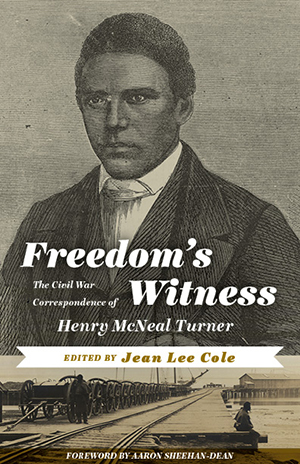Surprises in the Family TreePosted in Articles, History, Media Archive, United States on 2014-01-06 01:55Z by Steven |
The New York Times
2004-01-08
Mitchell Owens
John Archer first appears in Northampton County, Va., in the mid-17th century. He started a family that prospered, fought in the Revolutionary War and built a mansion. Generations later, Archer’s blood trickled down to me. It mingled in my veins with DNA from a gravedigger in 17th-century Württemberg, Germany; from an Appalachian clan with a recessive gene that turns their skins indigo blue; and from a rich young widow in Jamestown, Va., whose fickle heart led to America’s first breach-of-promise suit, in 1623.
I have been researching my past for two decades, since I was in high school, so finding a new ancestor is hardly startling. Learning about John Archer three years ago, however, was startling. He was black, a slave or indentured servant freed around 1677. I am white. That’s what it says on my birth certificate. Now I know better, thanks to Paul Heinegg.
A retired oil-refinery engineer in Collegeville, Pa., Mr. Heinegg, who is white, has compiled genealogies of 900 mixed-race families who lived freely in slaveholding states in “Free African Americans of North Carolina, South Carolina and Virginia” and “Free African Americans of Maryland and Delaware.” (The information is posted on a Web site, http://www.freeafricanamericans.com/.).
Mr. Heinegg’s research offers evidence that most free African-American and biracial families resulted not from a master and his slave, like Thomas Jefferson and Sally Hemings, but from a white woman and an African man: slave, freed slave or indentured servant.
“Most of the workers in colonial America in the 17th and early 18th centuries were indentured servants, white and black,” said Dr. John B. Boles, a professor of history at Rice University in Houston and the editor of “The Blackwell Companion to the American South” (2001). Since there was not a clear distinction between slavery and servitude at the time, he said, “biracial camaraderie” often resulted in children. The idea that blacks were property did not harden until around 1715 with the rise of the tobacco economy, by which time there was a small but growing population of free families of color. Dr. Boles estimated that by 1860 there were 250,000 free black or mixed-race individuals…
…Tracing those communities has not been easy. ”People of color are often not identified as such in early records,” Mr. Heinegg said. ”For example, an individual might appear in deeds and court records and leave a will without ever mentioning his race.” Sometimes a person’s race can be discerned only by studying the tax assessed on nonwhites. If a man paid the tax on his wife but not himself, Mr. Heinegg said, it meant he was white but she was not.
An added challenge is that racial identity can mutate from free black to white in just a few generations. In my Archer ancestors’ case, it was mixed marriages and a cross-country move: my great-great-grandfather Esquire Collins and his wife, Roxalana Archer, are listed as mulatto in an 1800’s Tennessee census but show up as white on a later Arkansas census. ”You crossed over as early as you were able to,” said Antonia Cottrell Martin, a genealogist in New York. Mixed-race families who had difficulty passing sometimes explained dark complexions as coming from an American Indian or Mediterranean ancestry. ”It’s what people in the South used to call Carolina Portuguese,” said Dr. DeMarce, who comes from a mixed-race background…
Read the entire article here.




